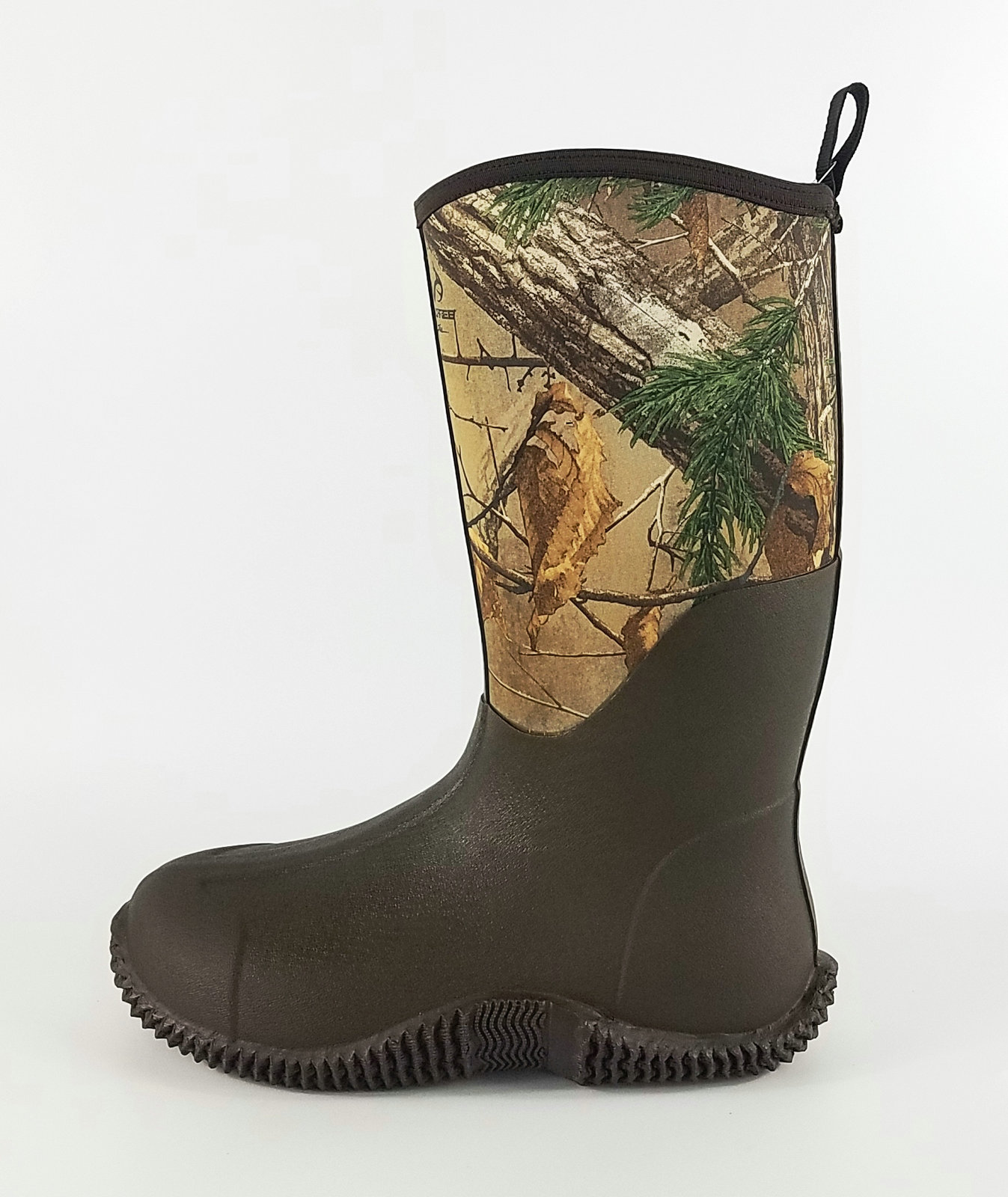The Ultimate Guide to Outdoorsman Boots Finding Your Perfect Pair
When it comes to exploring the great outdoors, the right footwear can make all the difference. Whether you're trekking through rugged mountain trails, navigating rocky riverbeds, or simply enjoying a day hike, the right pair of outdoorsman boots is essential for comfort, support, and protection. With numerous options available on the market, selecting the perfect pair can seem overwhelming. This guide will help you understand what to look for in outdoorsman boots and how to choose the best pair for your adventures.
Understanding Your Needs
Before diving into the technical specifications of outdoorsman boots, it's vital to assess your personal needs. Consider the types of activities you’ll be engaging in. Are you planning to hike on well-marked trails or venture into more challenging terrains? Do you require waterproof features for wet conditions, or will breathability be more important for warmer climates? Knowing your specific requirements will help narrow down your options.
Types of Outdoorsman Boots
1. Hiking Boots The most common type, hiking boots vary in height and weight. Low-cut boots are great for day hikes, while mid-height options provide additional ankle support for more challenging treks. High-cut boots are suitable for rugged terrain and heavy backpacks.
2. Backpacking Boots These are designed for longer trips that involve carrying heavier loads. They offer enhanced support, durability, and comfort, featuring stiffer soles and more robust construction.
3. Trail Running Shoes If speed and agility are your priorities, trail running shoes are lightweight and provide excellent grip. While they may not offer the same level of support as traditional boots, they are perfect for fast-paced hikes on well-maintained trails.
4. Mountaineering Boots If your adventures include ice climbing or high-altitude trekking, specialized mountaineering boots are necessary. These boots are insulated, rigid, and designed to accept crampons for climbing on ice and snow.
5. Waterproof Boots If you frequently hike in wet environments, look for boots made with Gore-Tex or similar waterproof materials. These boots keep your feet dry while still allowing for breathability.
outdoorsman boots

Key Features to Look For
1. Fit and Comfort Proper fit is crucial. Ensure there’s enough room in the toe box and that the heel is snug. Trying on boots with the same socks you'll wear while hiking can provide a more accurate fit. Walk around the store to assess comfort.
2. Material The upper part of the boot can be made from various materials, including leather, synthetic, or a combination of both. Leather provides durability and water resistance, while synthetic materials often offer better breathability and lighter weight.
3. Traction The outsole is crucial for grip, especially on uneven or slippery surfaces. Look for boots with a well-defined lug pattern and rubber compounds that provide excellent traction.
4. Support If you plan to go on extended hikes or carry heavy loads, opt for boots with good ankle support. Stiffer soles can help prevent foot fatigue and provide better lateral support.
5. Weight Heavier boots provide more support and durability but can also lead to fatigue on longer hikes. Balance is key—choose a boot that offers enough protection without weighing you down.
Breaking In Your Boots
Once you've chosen the perfect outdoorsman boots, it’s essential to break them in before embarking on longer adventures. Wear them around the house or on short walks to help soften the materials and prevent blisters.
Conclusion
Investing in a good pair of outdoorsman boots is essential for any outdoor enthusiast. By understanding your needs and selecting the right type of boot with the appropriate features, you can enhance your hiking experience and protect your feet from the elements. Whether you're scaling mountains, navigating trails, or simply enjoying nature's beauty, the right boots will pave the way for memorable adventures. Happy hiking!
-
Stay Dry in Any Condition with WadersNewsJul.17,2025
-
Elite Performance with Camouflage Combat BootsNewsJul.17,2025
-
Dry and Comfortable with Green Rubber Garden ShoesNewsJul.17,2025
-
Convenient Protection with Foldable RainbootsNewsJul.17,2025
-
Comfort and Protection with Neoprene Work BootsNewsJul.17,2025
-
Brighten Rainy Days with Floral Rain BootsNewsJul.17,2025
-
Safety Wellies: The Ultimate Combination of Protection, Comfort, and VisibilityNewsJun.19,2025











